Potosí is a summary of human greed. The legend goes that in 1545 a shepherd who had lost a llama lit a fire to spend the night and silver threads were melted from the rocks, thus “discovering” a mountain full of silver.
This is how Potosí was born, a city that in the 17th century had 160,000 inhabitants (more than London!) and a lot of rich Spaniards living at full speed. The figures make your hair stand on end: in two centuries 16 million kilos of silver went to Europe leaving the bare mountain and 8 million dead natives “swallowed” by the mountain.
I quite like Potosí: it is a city with a lot of young people and movement in the streets, with beautiful and poorly preserved colonial buildings and narrow streets. The buses, which exhale black smoke, make it even more exciting to breathe at an altitude of 4,000 meters above the sea level.
I decide to walk around the city and the mountain attracts me like a magnet with its red, green, orange colors. In the past, the Spanish lived in a separate neighborhood from the natives, who were brought from afar to work inside the mines. In the Inca empire, the “mita” was practiced, which was the payment of taxes in the form of work, and the Spanish misrepresented this concept to have cheap labor to extract silver.
A tour to the Potosí mines
I visit the mines on a tour for 70 Bolivianos, with a family from Panama and some very nice Argentines. Our guide Álvaro takes us to a neighborhood where they sell many things for the miners: tools, carts, clothes, helmets! For 12 bolivianos, less than 2 dollars, we buy coca leaves, cigars called “pitunchos,” a 96-proof sugar cane alcohol, and sprite to give to the miners. We also bought dynamite and ammonium nitrate for 20 bolivianos.
The best seams of silver were exhausted three hundred years ago, but there’s still some minor mining activity now, along with tin, zinc, and lead. Currently, there are 49 cooperatives active in the mountain, with about 400 accesses, and about 7,500 workers, less than years ago, since the price of silver has fallen.
We explored a colonial mine, Rosario Bajo, which opened in 1669 and is still active. As we enter, we hear the noise of the air from the compressors and the water pipes next to us. We are moving aside so that the heavy wagons that the miners pull and push can pass. Eucalyptus beams called “callapos” bend under the weight of the earth, indicating whether a tunnel wants to collapse.
You can see a video of the adventure here:
The tunnel is quite low, and I hit my head at least 5 times, good luck I had a helmet! Later we reach a warmer area that smells strongly of sulfur, and we help some miners to push the cart. We ran out of air in a heartbeat. Here the atmosphere is somewhat claustrophobic, you breathe warm and heavy air with suspended dust.
We visit the “Tio”, who is like a demon protector of the miners to whom they make offerings. It comes from the word “Dios” (God), which, pronounced by the miners in Quechua, was pronounced “Tius”. In the past, he was a figure to control the native miners, since the Spanish never entered the mine. Currently, they offer him cigarettes, and they put coca leaves on his penis to have more productivity and on his head to ask for a higher mineral concentration.
Casa de la Moneda Museum
In the afternoon, I go to the Casa de la Moneda Museum, in the center of Potosí. It is very interesting because it is the place where the currency of the Crown of Castile was minted, a kind of global currency in the 16th and 17th centuries for America and much of Europe.
African slaves melted silver at 900 degrees, using “yareta” (pillow-shaped plant from the puna) and other Bolivian vegetables mixed with llama excrement.
With the “blood mills”, made of oak, and activated by Argentine mules, they leveled the silver ingots that were later drilled to make the coin, 95% silver and 5% copper, called “Real”. Once Bolivia was independent, they began to coin the “Sueldo”.
Potosí is really an impressive place, you can see more photos in the album de Google Potosí.
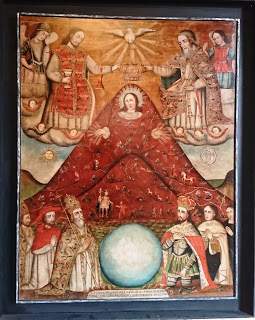

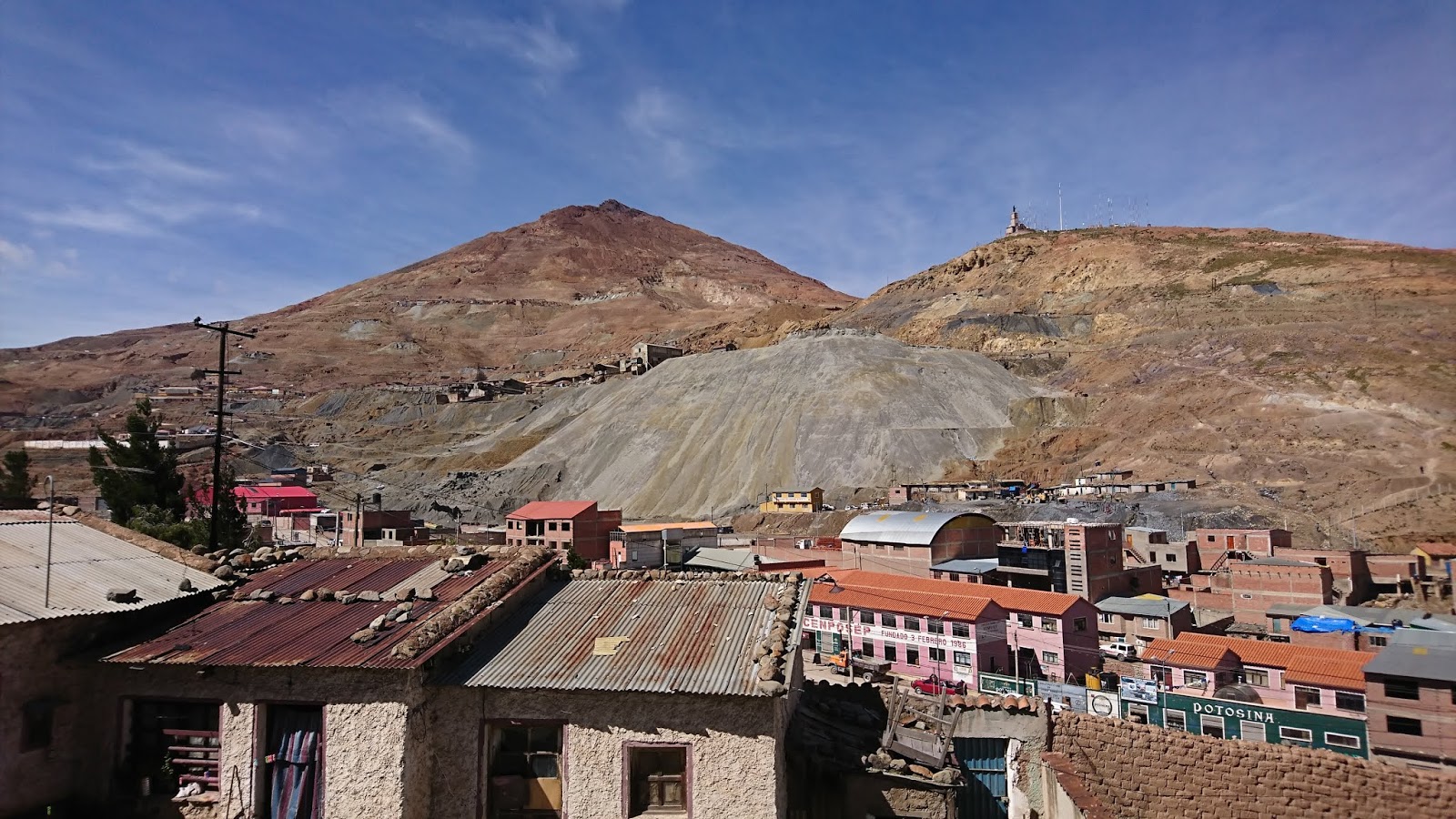
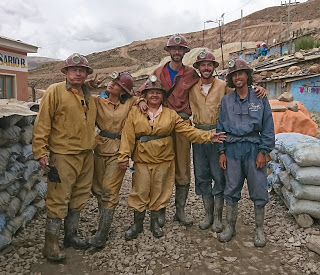
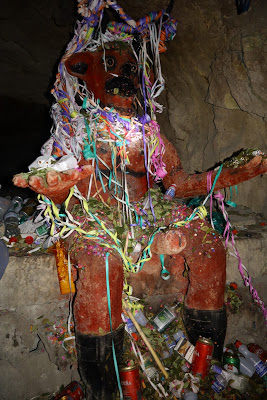
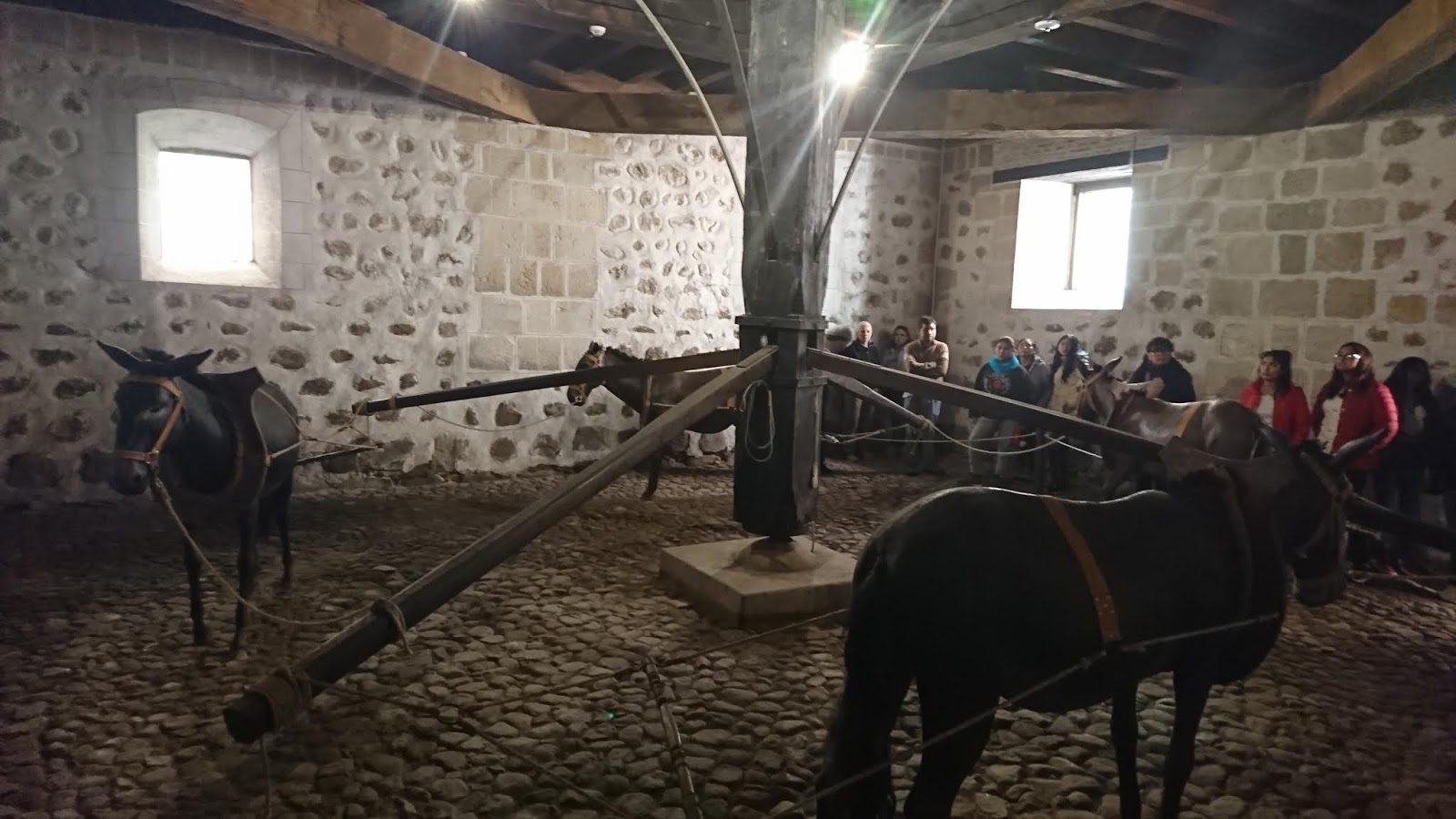
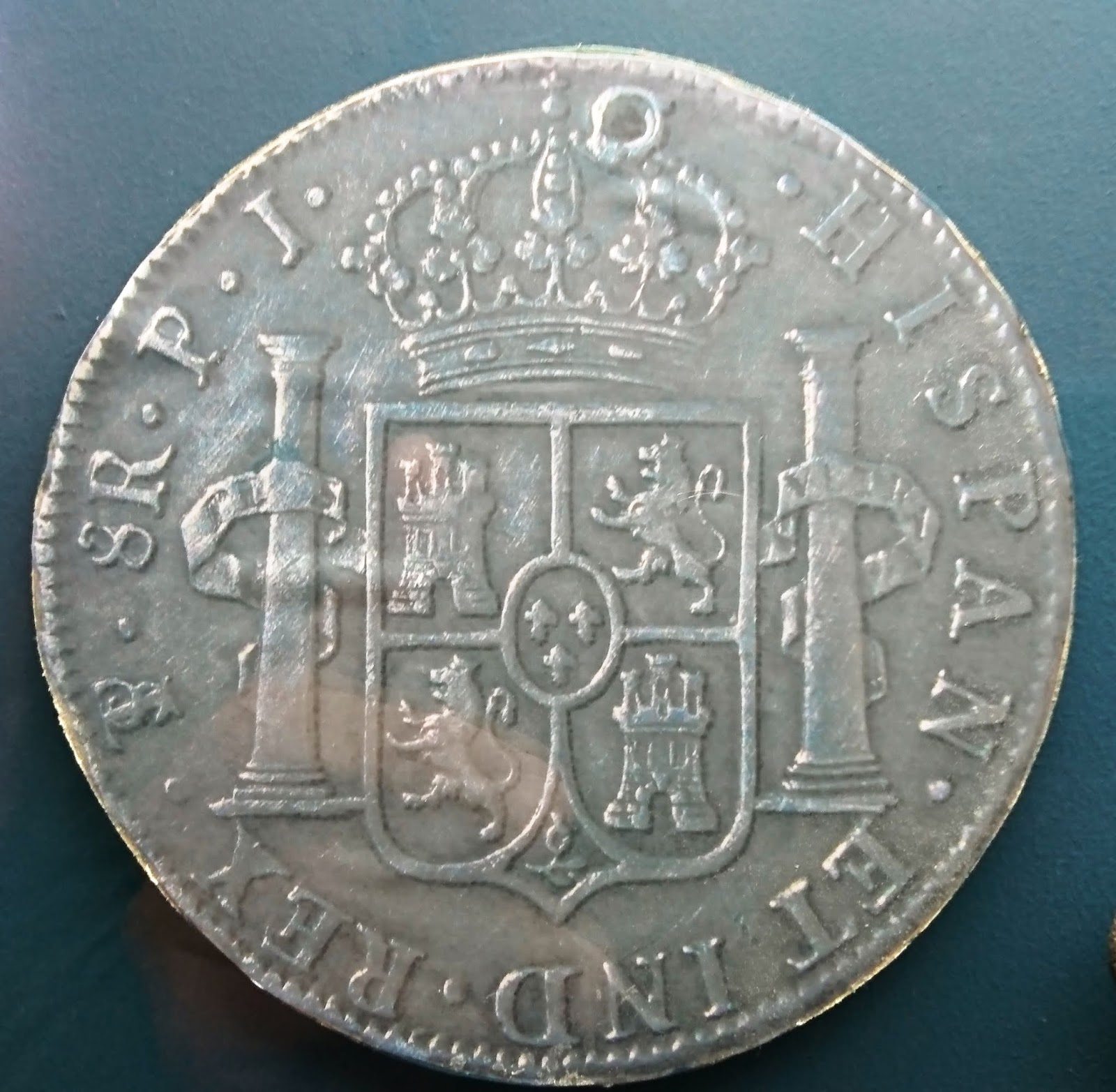
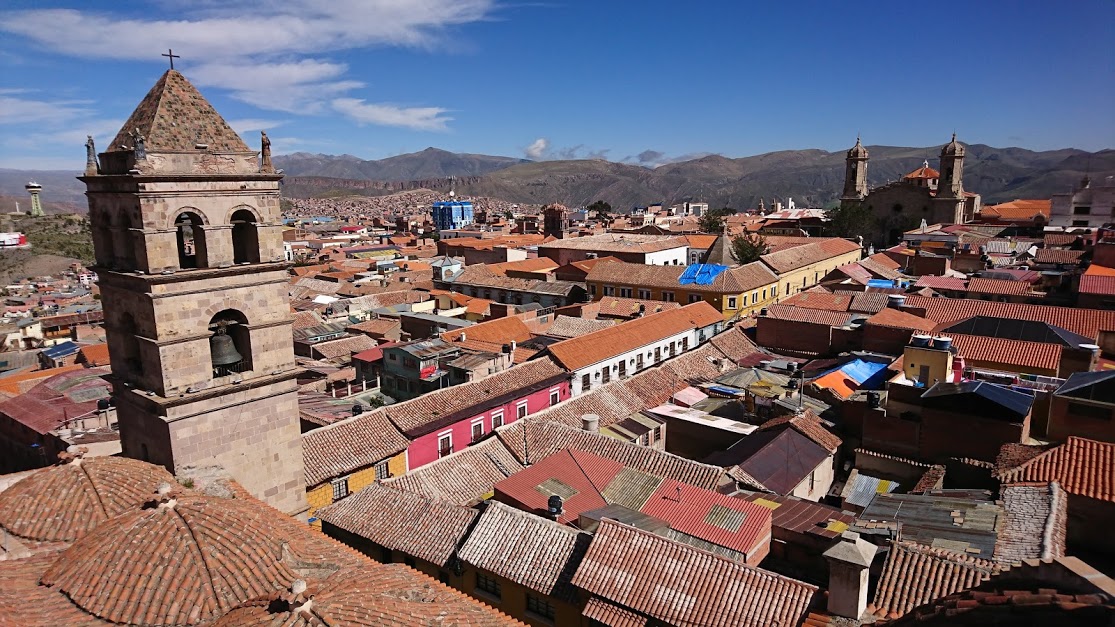

Leave a Reply